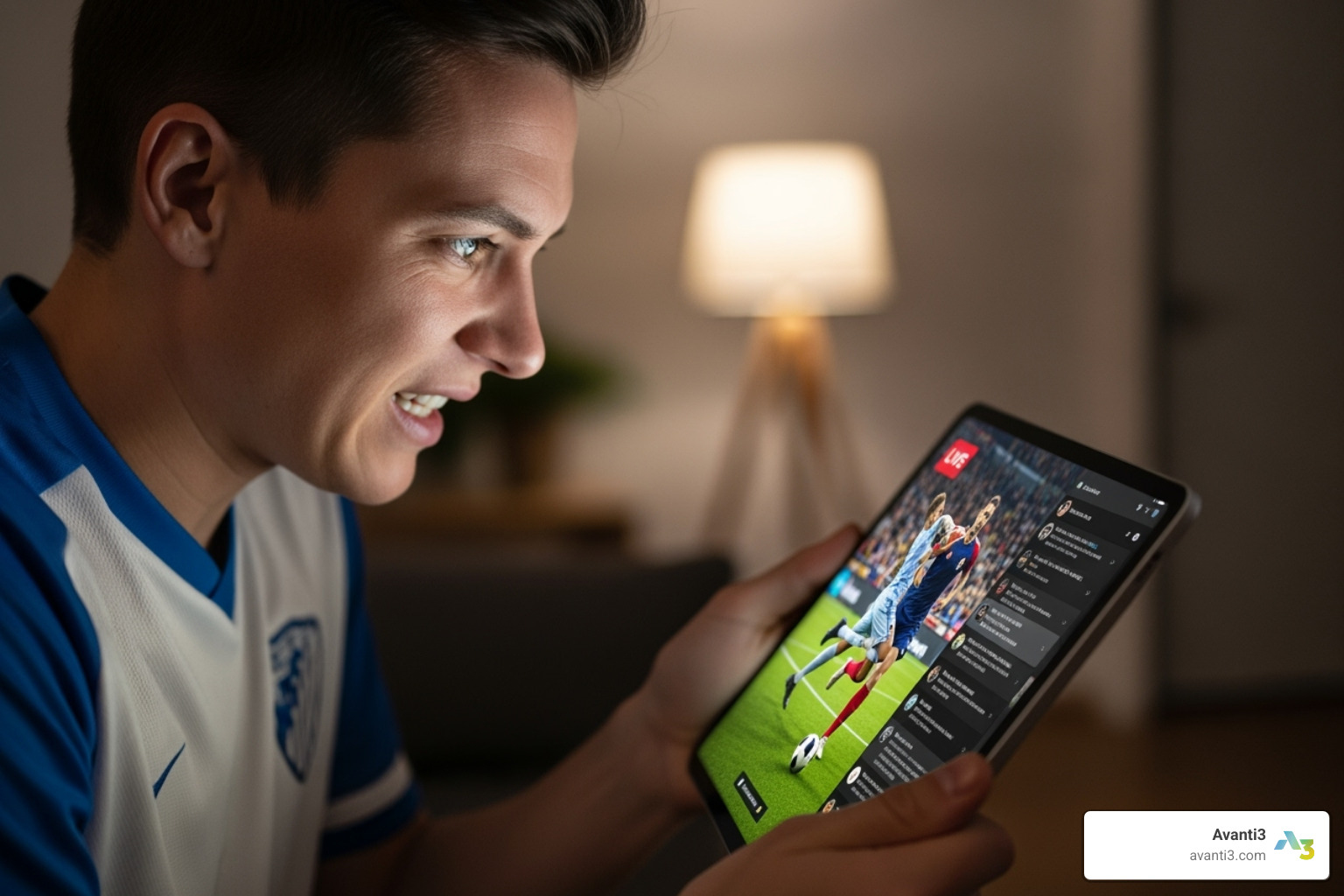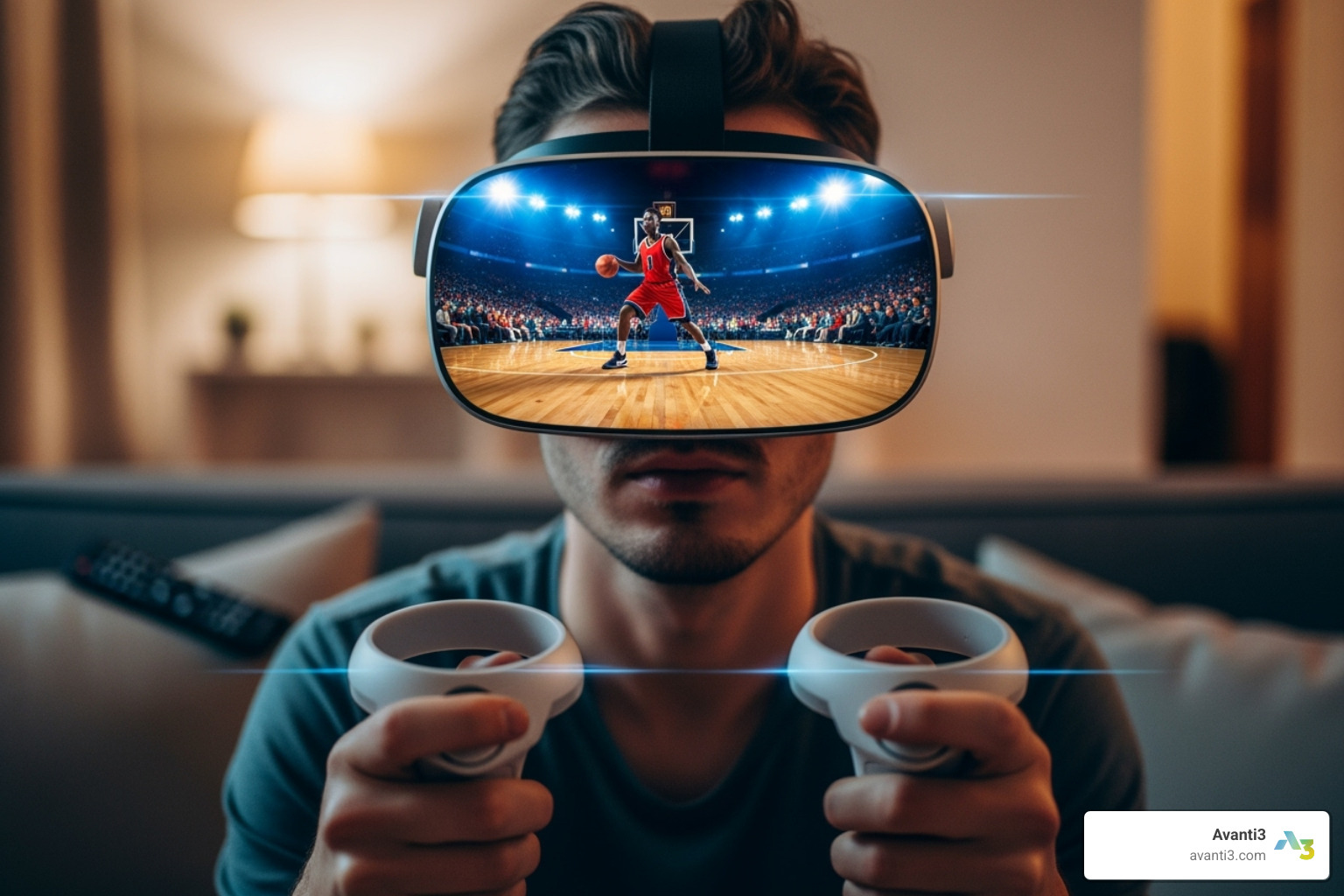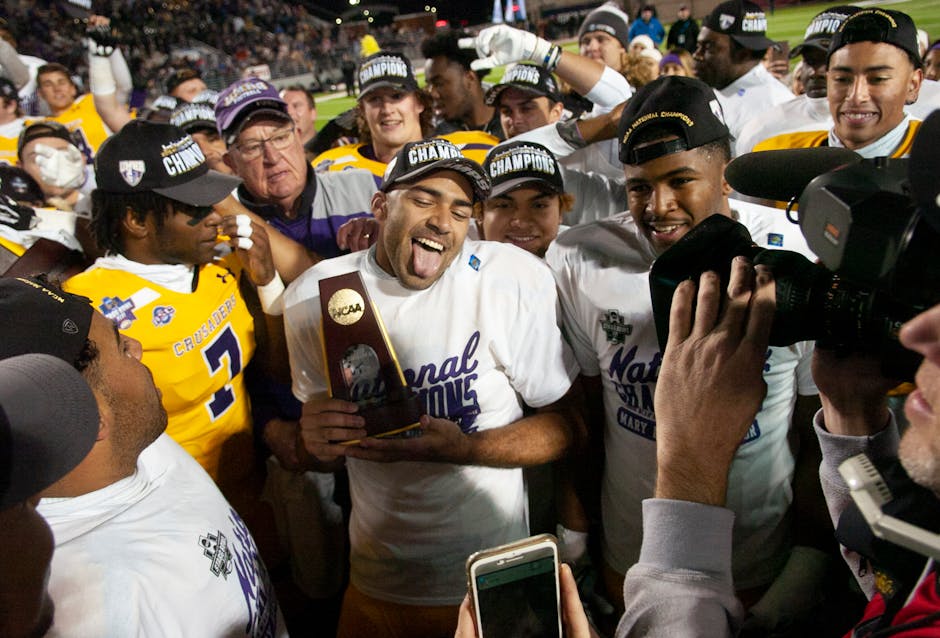Sports and the Media: 1 Ultimate Power Struggle
The Power Struggle for the Soul of the Game
Sports and the media have created one of modern entertainment’s most influential partnerships, but who’s really in control? The answer is a complex web of power, money, and influence that shapes everything from the games you watch to athlete salaries.
Here’s how the sports-media relationship works:
- Traditional Media Power: TV networks pay billions for broadcast rights (the NFL gets $1.1 billion annually from ESPN alone), funding salaries and league operations.
- Social Media Disruption: Platforms like TikTok and Twitter turn fans into citizen reporters, bypassing traditional gatekeepers.
- Fan Empowerment: Real-time engagement has shifted some power from broadcasters to audiences.
- Athlete Scrutiny: 24/7 media coverage creates intense pressure, with 123.7 million viewers watching the Super Bowl partly due to Taylor Swift’s influence.
- Financial Symbiosis: Media needs sports content, and sports needs media money, creating a $213 billion industry where neither can exist without the other.
This relationship isn’t just about entertainment. Research shows a positive correlation (r = 0.193) between media consumption and sports participation, meaning what we watch influences what we do. However, traditional media still holds more sway than new platforms in driving behavioral change.
The stakes have never been higher. With technologies like VR, AI, and blockchain entering the game, we’re seeing a fundamental shift in who controls the narrative, the money, and the future of sports.
I’m Samir ElKamouny AV. My work helping brands scale with emerging technologies has given me a front-row seat to the evolution of the sports and the media landscape. I’ve seen how digital change reshapes power structures across industries, and sports is no exception.
Sports and the media terms simplified:
The Media’s Grip: From Broadcast Booth to Twitter Feed
The story of sports and the media is a comeback tale where fans found their voice. To understand where we’re headed, we must appreciate how powerful traditional media was and how social platforms have shaken up the game.
The Golden Age: How Traditional Media Built the Modern Game
In 1985, sports news was limited to newspapers, evening TV, or the few channels with sports coverage. In this world, traditional media—newspapers, radio, and television—held all the cards.
Early sports journalists didn’t just report the news—they were the news. For instance, the Minneapolis Star Tribune assigned 26 staff members to a single PGA Championship, creating a cultural moment with a 56-page supplement.
Radio brought the action directly into living rooms. Baseball’s long season was a perfect fit, allowing fans to experience games live and build a deeper emotional connection, which proved invaluable when television arrived.
Television was the real game-changer for sports and the media. The NFL capitalized early, with broadcast rights exploding from $50 million in 1970 to $450 million by 1985. This money funded salaries, operations, and league growth, creating the symbiotic relationship we see today.
The Super Bowl is the ultimate proof of TV’s power, consistently drawing over 100 million viewers and becoming a cultural phenomenon. The Taylor Swift-Travis Kelce effect, which pushed 2023 viewership to 123.7 million, showed how media narratives amplify sports beyond traditional fans.
ESPN proved that media attention doesn’t just reflect popularity—it creates it. Their promotion of women’s basketball lifted athletes like Caitlin Clark into household names, showing that strategic coverage can build movements.
However, the World Series ratings tell a sobering tale, plummeting from a 32.8% rating in 1980 to just 10.1% by 2006, showing that even in the golden age, audience attention could be fickle.
Traditional broadcasters also actively shaped sports. TV timeouts entered NFL games in 1958, and Olympic schedules shifted for prime-time viewing. The scientific research on sports and television reveals how commercial interests often dictated the rhythm of the games.
Here’s how the numbers stack up across major sporting events:
| Event | Typical Viewership (Millions) | Notable Peaks (Millions) |
|---|---|---|
| Super Bowl (across platforms) | 100-115 | 123.7 (2023) |
| NCAA Women’s Final | Varies | Caitlin Clark effect |
| World Series (TV only) | Declined from peak | 32.8% rating (1980) |
The Social Media Revolution: A New Era of Fan Engagement
Then came the social media revolution, which completely flipped the script for sports and the media. The one-way street of traditional broadcasting became a highway where everyone had a voice.

Platforms like TikTok, X (formerly Twitter), and Instagram made real-time updates the norm. Fans could watch replays, react to calls, and share thoughts instantly from their phones.
Fan-generated content turned spectators into citizen reporters. They captured unique angles, shared unfiltered reactions, and offered analysis rivaling professionals. This democratization of reporting meant public opinion was no longer controlled by official outlets but shaped by millions of voices.
Community building took on new meaning. Social media amplified fan connections, creating virtual communities for round-the-clock discussion. As researchers note in The impact of social media on the sports industry, sports are becoming “more of a religion than religion itself” for many, and social media intensifies this connection.
Sports influencers emerged as powerful new voices. Teams began inviting them to events to capture Gen Z’s attention. The Travis Kelce and Taylor Swift phenomenon shows how celebrity influence, amplified by social media, can dramatically boost engagement.
Teams adapted by engaging fans directly with polls and behind-the-scenes content, creating immersive experiences that traditional media couldn’t match. The speed of social platforms created a true participatory sports culture where fans help shape the conversation.
The Double-Edged Sword: The Negative Impacts of “sports and the media” on Athletes
But this story has a darker side. Social media’s fan engagement came at a cost, placing athletes under a relentless microscope. The price of this constant connection has been higher than expected.

Living under 24/7 scrutiny is the reality for modern athletes. Every move, performance, and opinion becomes public fodder. Social media amplified this pressure, adding anxiety and stress that previous generations never faced.
The mental health impacts are serious. Athletes face anxiety and depression while dealing with online abuse from anonymous critics. TikTok videos highlighting negative comments toward female athletes show how brutal this harassment can be.
Performance pressure intensifies when every mistake becomes a viral moment. Bad games become global talking points, and athletes feel their identity is tied to public perception, not their inherent worth.
Public image crises can explode overnight. A controversial statement or personal issue can create media storms that impact careers and erode any sense of privacy.
The pressure extends to social and political commentary. While many athletes use their platforms for good, the expectation to comment on every event is overwhelming. Backlash from disagreeing fans or media adds another burden to their professional demands.
Body image issues also intensify under constant media attention, especially in sports like gymnastics. The exposure can create distorted beauty standards and contribute to eating disorders among aspiring athletes.
The challenge for sports and the media is to protect the well-being of athletes. The people who thrill us on the field deserve better than to live under the constant threat of public judgment.
The Future Playbook: Technology, Participation, and Power
The world of sports and the media is changing fast. We’re not just talking about better cameras or faster internet; we’re looking at a complete overhaul of the fan experience, storytelling, and revenue streams. Soon, scheduling life around a TV broadcast will seem ancient when you can step into a virtual stadium anytime.
Beyond the Broadcast: How New Technologies are Evolving Sports Media
Virtual Reality (VR) is set to revolutionize the fan experience, moving beyond the limitations of physical attendance.

With a VR headset, you’re suddenly courtside at the NBA Finals. Augmented Reality (AR) improves this by overlaying real-time stats in your field of vision, like a personal, fact-perfect commentator.
Artificial Intelligence (AI) is becoming the ultimate sports assistant, creating instant highlight reels, writing game summaries, and freeing up journalists to focus on deeper stories. For Gen Z fans who prefer short clips, AI transforms long matches into shareable moments.
Storytelling is also evolving. Netflix’s ‘Drive to Survive’ proved that behind-the-scenes drama can be more compelling than the race itself. Future sports and the media will blend live action with exclusive content, creating unending narratives.
Companies like Avanti3 are building this new world. By integrating Web3 technologies like NFTs, blockchain, AR/VR, and AI, we create platforms where fans participate, own digital moments, and build communities. It’s about being part of the story, not just consuming it.
Does Watching Mean Playing? The Link Between Media Use and Sports Participation
Does media coverage get people onto the field? The answer is complex. A comprehensive analysis found a positive correlation (r = 0.193) between media consumption and sports participation. People who watch more sports are slightly more likely to play.
The interesting part? Traditional media like newspapers and TV are better at inspiring participation than social media. Newspapers had the strongest effect (r = 0.365), followed by TV (r = 0.330) and the internet (r = 0.242). Detailed analysis seems to motivate more than quick highlights.
The nuance is key. Consuming different types of media showed a stronger positive relationship with participation. However, spending too much time on media had a slightly negative effect. The message: Diverse media consumption inspires activity, but too much screen time can replace it.
Cultural differences also play a role. Eastern cultures showed much stronger correlations than Western cultures, suggesting that how media frames sports matters. The takeaway for sports and the media is that content must inspire, connect communities, and provide pathways from watching to playing. You can dive deeper with this meta-analysis on media use and sports participation.
The Future of “sports and the media”: Who Will Own the Game?
The future of sports media isn’t a corporate monopoly. Instead, power will be distributed among fans, athletes, and innovative tech companies.
Athletes are taking control of their narratives. Stars like LeBron James and Lionel Messi connect directly with millions of followers, bypassing traditional media. Platforms like The Players’ Tribune prove athletes can tell their own stories best, and this trend is growing.
Fan-powered franchises are no longer science fiction. Imagine owning a digital piece of a championship run through NFTs or having a say in team decisions via community tokens. Blockchain technology enables this with secure systems for digital ownership and governance.
NFTs and digital collectibles are becoming keys to exclusive experiences, voting rights, and even revenue-sharing. Your loyalty could become profitable.
The creator economy is exploding in sports. Influencers and community creators are becoming as important as traditional journalists, as they understand audiences in ways corporate media often can’t.
Avanti3 is building the tools for this future. Our Web3 fan engagement solutions help creators and brands build experiences that turn passive viewers into active community members. We’re not just watching the change of sports and the media—we’re helping create it.
The future game won’t be owned by a single entity but will be a collaborative ecosystem of passionate fans, empowered athletes, and tech innovators. The only question is: are you ready to play?






